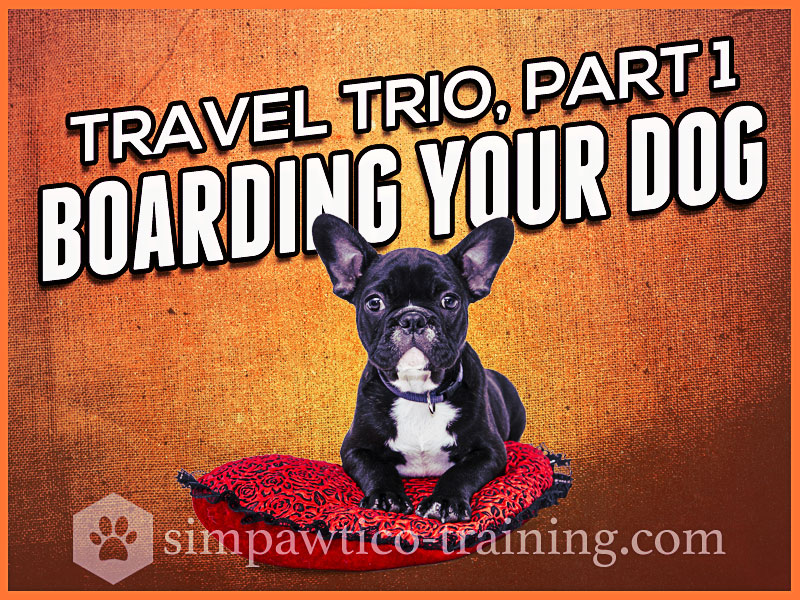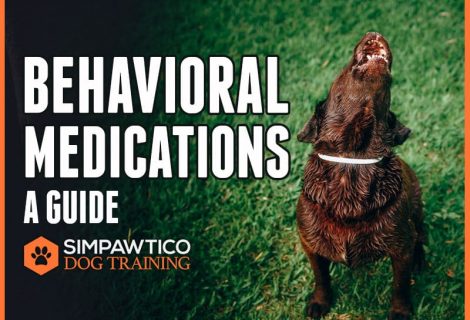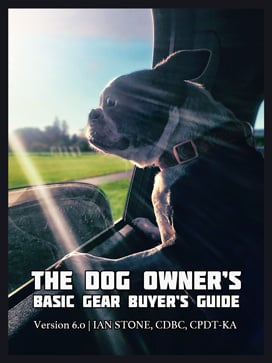Well the holidays are almost upon us and that means that a good number of you will be traveling. In which case that leaves you with some decisions to make about what to do with your pets. We’re going to look at your options and discuss some important things to consider in our three part holiday travel info vlog.
PRE-PLANNING
Now, if you’re traveling for the holidays you really only have two options: either leave your pets at home, or take them with you. This first video is going to focus specifically on leaving your pet at a kennel or boarding facility. in part two we will look at getting a pet sitter. And if you’re going to be piling the whole crew into the car and traveling together, we will cover that in part three.
I want to start off by saying, though, that no matter what option you choose, two things need to be in order: identification, and vaccines.
IDENTIFICATION
Make sure your dogs and cats have ID of some sort. There are a million and one things that could go wrong and you need to make sure that, first, they are identifiable as a family pet and not a stray, and second that authorities or good citizens can get them back home.
Guys, this is a no brainer. If they squirt out of the car at a rest stop, or at a relative’s house, or even from a kennel somewhere you need to let the world know who they belong to and how to get them home. Whether you go all out with microchipping or just have tags make sure all the info is current.
You could even consider a GPS locator. Do your homework though since there are several brands and styles, and the reviews are all over the map.
VACCINES
Vaccines are also critical. As holiday situations lend themselves to less controlled environments your pets will be exposed to more things just like us. Your dog may be meeting other pets with communicable illnesses. You may be traveling through different areas with different concentrations of illnesses and pests. Protect them. Plus, if you’re boarding or traveling in certain areas, vaccines are not optional.
Get these very simple things taken care of in advance. And if you’re a responsible pet owner, you’re sitting there going “Done, and done.” In which case, bravo.
FIRST STEPS
Your first step in trip planning is that you need to ask yourself: is my dog ready to be left? Are they fine being without you? In the time leading up to your trip work on getting your dog ok with being without you.
Know the difference between separation anxiety and isolation distress. Separation anxiety requires serious rehabilitation. Isolation distress is commonly mistaken for Separation Anxiety, but it’s significantly easier to address. Consider daycare, dog walkers, short stints alone, etc. Behavior modification in these areas is way beyond the scope of this post, suffice it to say that in these cases a qualified consultant is your best option. Or, take your dog with you.
As we move forward here I don’t want to dwell on the basic tips like what things to pack and fun little pieces of gear or toys. There are tons of lists like that all over Pinterest and YouTube and you can find those resources easily. I want to try and help with some of the heavy lifting that is way more crucial than any of that.
CHOOSE & BOOK IN ADVANCE
So let’s start at the beginning. Assuming you’ve planned your trip and this is not a spur of the moment thing, you need to book in advance. Especially around the holidays, facilities will fill up fast and you don’t want to be caught either settling for the sketchy place in town or having to change your plans.
If you don’t have a local one that you use, compile a list from google local search, the yellow pages, and recommendations from other pet owners. Ask your local Humane society, and other pet service professionals you use like your groomer, trainer, and Vet. Visit these facilities’ business websites. Check out their Facebook pages if they have one. You can weed out a lot shady operations by just spending a few minutes browsing their online presence. As you narrow it down, check with your local BBB to see ratings and any complaints they may have.
As you get closer to a choice, interview with a boarding facility. Call them and schedule a visit. Look at their sanitation, security, safety, and their level of supervision: are their people their watching, or are the dogs just left mostly alone? Inquire about their health requirements, specifically their immunization, vaccine, and parasite requirements.
Ask about your pet’s food and water availability. Does your pet take medications? Can the facility handle administering them? What about veterinary services? What will they do should your pet need medical attention?
Take a look at their comfort features: temperature control, shelter, lighting, bedding, exercise, socialization.
What are the qualifications and experience level of the people supervising this?
Once you’ve got your facility picked out and your pet’s stay booked well in advance, you have some responsibilities too, now.
NEXT STEPS
Have your required paperwork in order. This includes vaccination records, signed contracts and releases, etc. Bring copies, and get things faxed ahead of time. It is a facility’s right to refuse your drop off if you don’t have everything in order, which means travel delays and headaches.
Beyond absolute necessities, only bring one special toy and a blanket — do not bring a carload of stuff. Your dog doesn’t need all of this stuff. It’s just clutter. Simplifying will make it easier for you, and the kennel staff.
Is there a special food, like maybe a canned food that they love? Sometimes dogs get nervous and wont eat the first night and the staff could use this super appetizing food as a topper. This will make that first night go a little smoother for your pooch.
Don’t draw out the drop-off or pick-up. Strive to be in and out. Prolonging it is a selfish move for you. Get on your way, let your dog start adjusting and let the staff go back to work.
It’s ok to check in with the facility, but don’t be a nuisance. Call once in a while, or text if the kennel does that, but DO NOT be one of those people that calls twice a day or more. Your dog is not the only dog there being looked after and if you did your due diligence beforehand, they will be fine.
Is it their first time being left at a facility? Try short stays for them in the weeks leading up to your trip. Get them used to the facility, the staff, and the routines there. This is a great opportunity to do some good old classical conditioning which the facility staff should be happy, and easily able to execute.
SAFE TRAVELS
Good luck picking out a boarding facility if you need one. Please let us know about any other important tips we might have missed, and of course whatever questions you may have. Let’s connect in the comments.
Stay tuned for part two of our travel trio where we’ll look at another option when you leave town: a pet sitter. Don’t forget to give this video a thumbs up if you learned something and as always: keep learning, keep practicing, and we’ll see you in the next video. Thanks for watching!
RESOURCES
ASPCA (American Society for the Prevention of Cruelty to Animals)










Trackbacks for this post